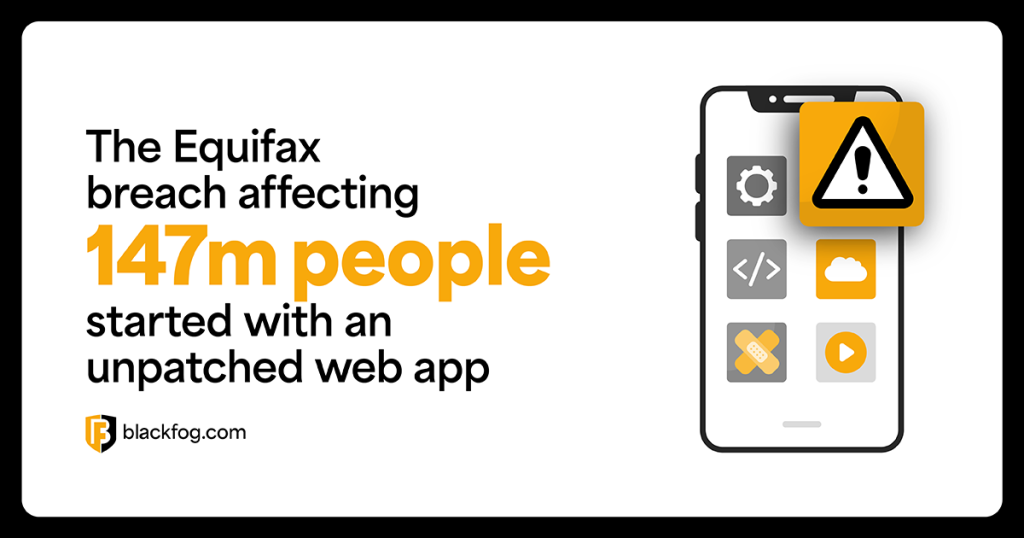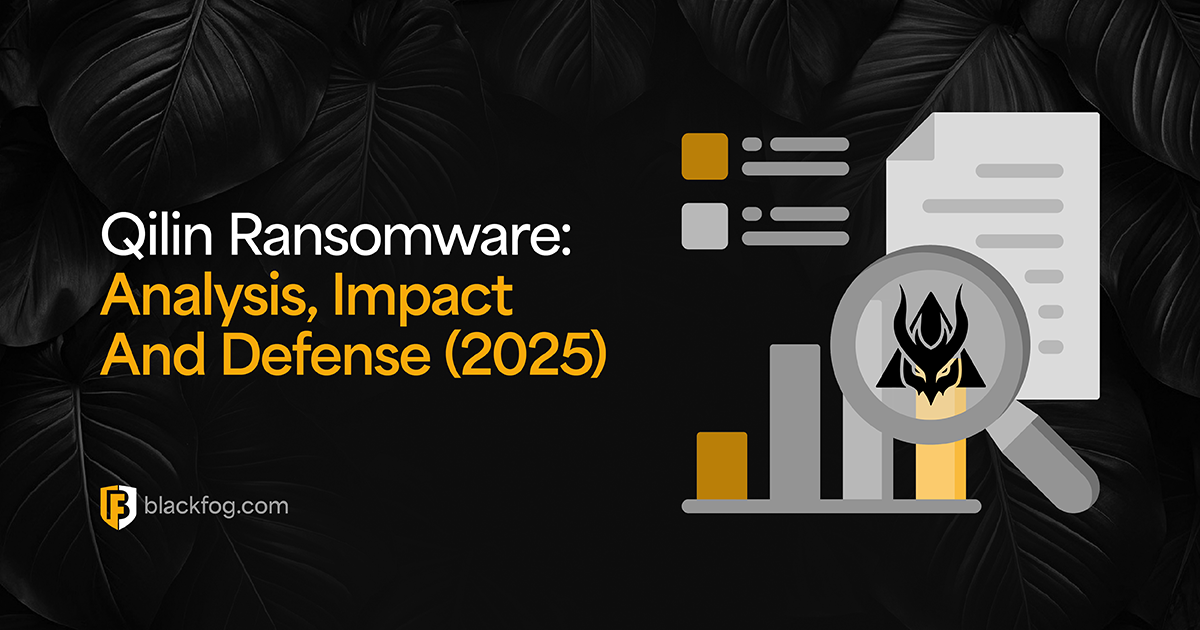
Network and Website Security: Protecting Data Beyond the Perimeter
A strong data risk management strategy must protect information at every stage, from storage to sharing and public access. Many firms focus on securing stored data, but can often overlook how vulnerable it can be when moving across networks or if exposed through insecure websites.
Data in transit and poor website security are common targets for hackers and cause many breaches each year. By securing these weak points, businesses can stop attackers from intercepting or leaking sensitive information and build stronger protection against modern threats.
Why Network and Website Security Matter
Modern working practices like remote work, cloud storage and flexible access have greatly expanded the network attack surface, giving hackers more ways in.
Elsewhere, web application attacks remain a leading cause of breaches. As well as leaking data directly through misconfigurations, outdated software or weak authentication, vulnerabilities within web applications can offer easy access points to a network, from where hackers can move laterally to track down and exfiltrate data.
This is why every data risk assessment and GDPR audit should examine network and website security closely. By doing so, businesses strengthen privacy protections, meet compliance standards and block common entry points before they can be exploited.
Protecting Data in Transit and Remote Access
Data in transit refers to information moving from one location to another, whether between devices, servers or users. This could be an email sent to a client, a file uploaded to the cloud or data accessed from a remote location. Data in motion is often more vulnerable than stored data because poor network security can allow hackers to intercept it.
Common threats include man-in-the-middle attacks where criminals secretly relay or alter communications, unsecured public Wi-Fi that exposes data to snooping and poorly configured VPNs that fail to encrypt traffic effectively.
To protect data when it is moving or accessed remotely, firms should:
- Use strong end-to-end encryption such as TLS for web traffic
- Enforce multi-factor authentication for all external connections
- Apply zero trust network access to verify users and devices continuously
- Monitor network traffic for unusual patterns or unauthorized data transfers
- Train staff to avoid risky Wi-Fi and follow secure remote work practices
The use of on-device security solutions like anti data exfiltration (ADX) adds another layer of protection. These analyze user behavior and block unauthorized data transfers on the endpoint, without needing to send data back to a central server for decryption or inspection. This ensures that the security chain remains unbroken, reduces risk and keeps sensitive data under tighter control.
Common Website Vulnerabilities and How They Risk Data

Web applications often handle sensitive information like customer details, payment data and login credentials. When these apps have hidden flaws, attackers can exploit them to gain access to private data and cause serious harm.
Common vulnerabilities include:
- Outdated software: Unpatched CMS’, plugins or frameworks are easy targets for hackers.
- SQL injection: Attackers insert malicious queries into input fields to manipulate or steal data from databases.
- Cross-site scripting: Hackers inject harmful scripts into webpages, which can capture user sessions or redirect visitors.
- Misconfigurations: Open directories, weak admin panels or default credentials make unauthorized access much easier.
One of the most famous examples of web vulnerabilities leading to data breaches was the Equifax breach in 2017. This saw attackers exploit an unpatched Apache Struts vulnerability used in an online customer complaints portal to gain access to the network. From there, the hackers took advantage of weaknesses such as a lack of network segmentation to access and exfiltrate the personal data of 147 million people.
Elsewhere, the MOVEit Transfer breach in 2023 stemmed from a zero-day web vulnerability that criminals used to steal data from hundreds of organizations.
How to Strengthen Network and Website Security
Strong network and website security reduce the risk posed by data security threats and help meet privacy rules like GDPR. Use these best practices to close common gaps:
- Keep all software, plugins and firewalls up to date with the latest patches
- Use HTTPS for every page and maintain valid TLS certificates
- Apply a web application firewall to filter malicious requests
- Limit admin access and enforce strong passwords plus multi-factor authentication
- Run regular vulnerability scans and fix issues quickly
- Train developers on secure coding to prevent injection flaws
- Monitor network traffic for suspicious activity and respond quickly
- Use ADX solutions to block unauthorized data transfers in real-time
Following these steps makes it much harder for attackers to find weaknesses and steal sensitive information. While no one solution can secure a network on its own, ensuring they are all adopted as part of a comprehensive data risk management strategy with a focus on defense in depth helps ensure that data is protected across all parts of a business – and even beyond its perimeter.
Share This Story, Choose Your Platform!
Related Posts
GTG 1002: Claude Hijacked For The First AI Led Cyberattack
Anthropic’s Claude was manipulated into a cyber espionage campaign. See how it happened, why it matters, and how ADX can block machine-speed data theft.
New Matrix Push C2 Abuses Push Notifications to Deliver Malware
Investigating Matrix Push C2, a browser based command and control system that uses push notifications to deliver malware, run phishing campaigns, and steal data across platforms.
Clop’s New Extortion Wave Hits Oracle E-Business Suite
Clop exploited an Oracle E-Business Suite zero-day to steal data from major organizations. Here’s how it happened and what it means for supply-chain security.
Qilin Ransomware: Analysis, Impact and Defense (2025)
In-depth 2025 Qilin ransomware analysis covering its rise, attack chain, intimidation tactics, double extortion model, and defense strategies.
Kerberoasting Attack Explained: Example And Prevention Guide
Kerberoasting attack explained with examples, detection tips, and prevention steps. Learn how to secure Active Directory from credential theft.
BlackFog Appoints Former Yahoo CFO Kenneth A. Goldman To Board Of Advisors
Kenneth A. Goldman joins BlackFog’s Board of Advisors, bringing decades of tech and finance leadership to accelerate enterprise growth and AI-based data protection.






